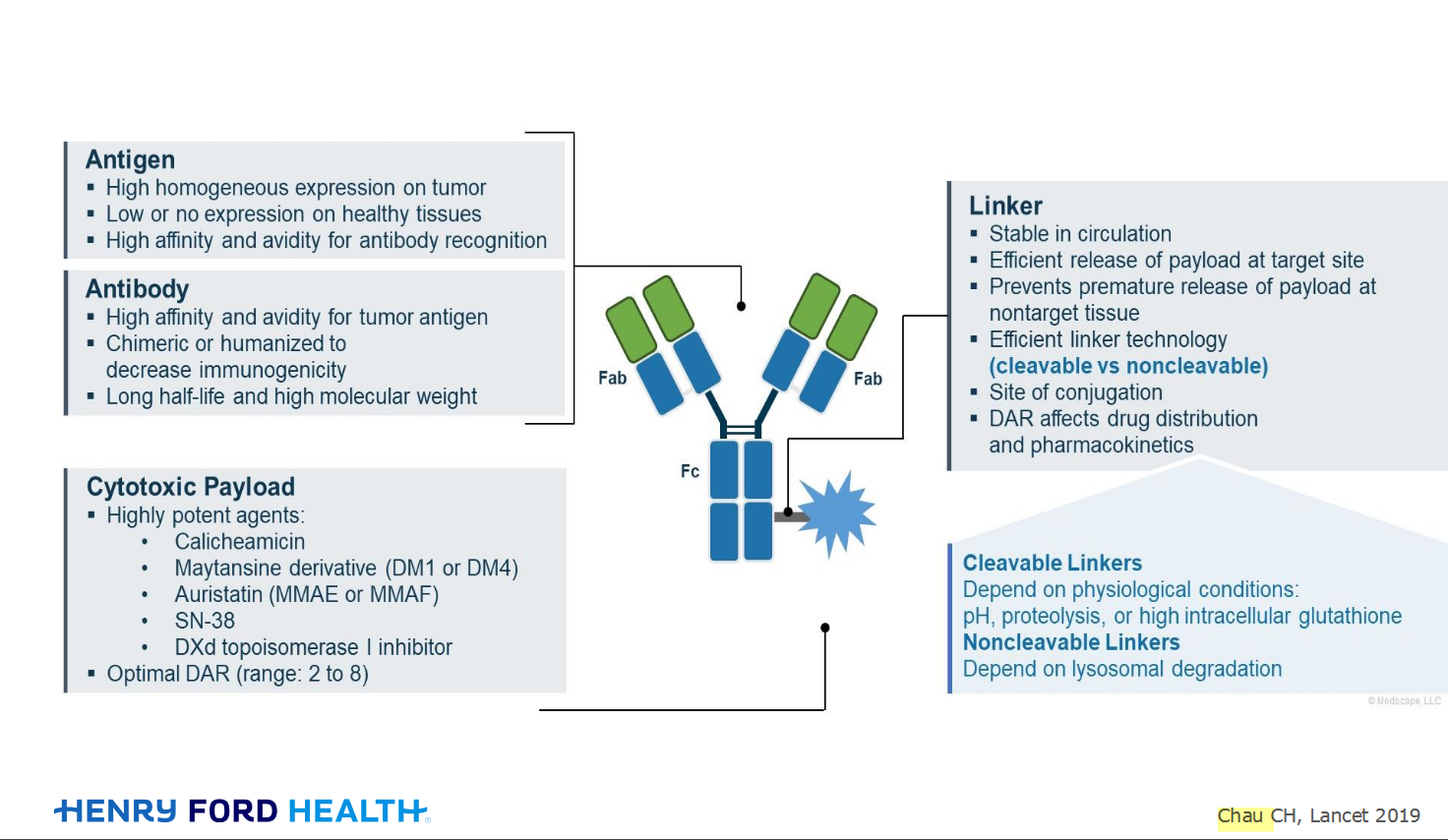Welcome!
Welcome to the new CancerGRACE.org! Explore our fresh look and improved features—take a quick tour to see what’s new.
GRACE sat down with Cesar A. De Las Casas, MD, MPH, to discuss information regarding if there a preferred induction therapy (¿¿Hay alguna terapia de inducción preferida?). Stay tuned for more on our continuing video series with our Spanish speaking faculty on updates in blood cancer treatments, and Multiple Myeloma, (Mieloma Múltiple).
Transcription:
¿Hay alguna terapia de inducción preferida?
El tratamiento del mieloma múltiple debe de ser individualizado y centrado en las características del paciente, en la presencia o no de otras enfermedades, comorbilidades, las características citogenéticas y moleculares. Todas estas características van a ser importantes para diseñar el tratamiento inicial o de inducción para estos pacientes.
Existen distintos esquemas de categorización o de riesgo bajo, intermedio o alto que permiten al clínico presentar al paciente distintas opciones. El caso más usado en Norte América es la combinación de bortezomib que es un inhibidor de proteosoma con ciclofosfamida y dexametasona. También se usa la combinación de bortezomib con lenalidomida y dexametasona.
Estos esquemas son comparables y van a ser las combinaciones más frecuentemente usadas, no siendo las únicas. Hay otras combinaciones de 2 fármacos como bortezomib y dexametasona, o lenalidomida y dexametasona, pero estos van a depender de las características particulares de cada paciente y la firma molecular y a nivel citogenético.
Mieloma múltiple cada vez se considera más como un grupo de enfermedades que una sola enfermedad que se puede encasillar en un solo tratamiento.
Is there a preferred induction therapy?
The treatment for multiple myeloma needs to be personalized and patient-centered, it has to be based on the presence or absence of diseases, comorbidities, cytogenetics and molecular characteristics. All these characteristics will be important to design the initial or induction treatment in these patients.
There are several schemes that categorize based on the low, intermediate or high risk, that allow us to be ready with many options for the patient. The most used case in North America is the combination of bortezomib, a proteasome inhibitor, with cyclophosphamide and dexamethasone. We also use the combination of bortezomib with lenalidomide and dexamethasone.
These treatments will be the most used, but they are not the only options. There are other combinations of 2 drugs like bortezomib with dexamethasone or lenalidomide and dexamethasone, but these combinations depend on the particular characteristics of the patient, and their molecular and cytogenetic characteristics.
Multiple myeloma is now considered as a group of diseases, and not as a single disease that can only use one treatment.
We would like to thank the following company for their support of this program:

Please feel free to offer comments and raise questions in our
discussion forums.
Hi app.92, Welcome to Grace. I'm sorry this is late getting to you. And more sorry your mum is going through this. It's possible this isn't a pancoast tumor even though...
A Brief Tornado. I love the analogy Dr. Antonoff gave us to describe her presentation. I felt it earlier too and am looking forward to going back for deeper dive.
Dr. Singhi's reprise on appropriate treatment, "Right patient, right time, right team".
While Dr. Ryckman described radiation oncology as "the perfect blend of nerd skills and empathy".
I hope any...
My understanding of ADCs is very basic. I plan to study Dr. Rous’ discussion to broaden that understanding.

Here's the webinar on YouTube. It begins with the agenda. Note the link is a playlist, which will be populated with shorts from the webinar on specific topics
An antibody–drug conjugate (ADC) works a bit like a Trojan horse. It has three main components:

Welcome to the new CancerGRACE.org! Explore our fresh look and improved features—take a quick tour to see what’s new.